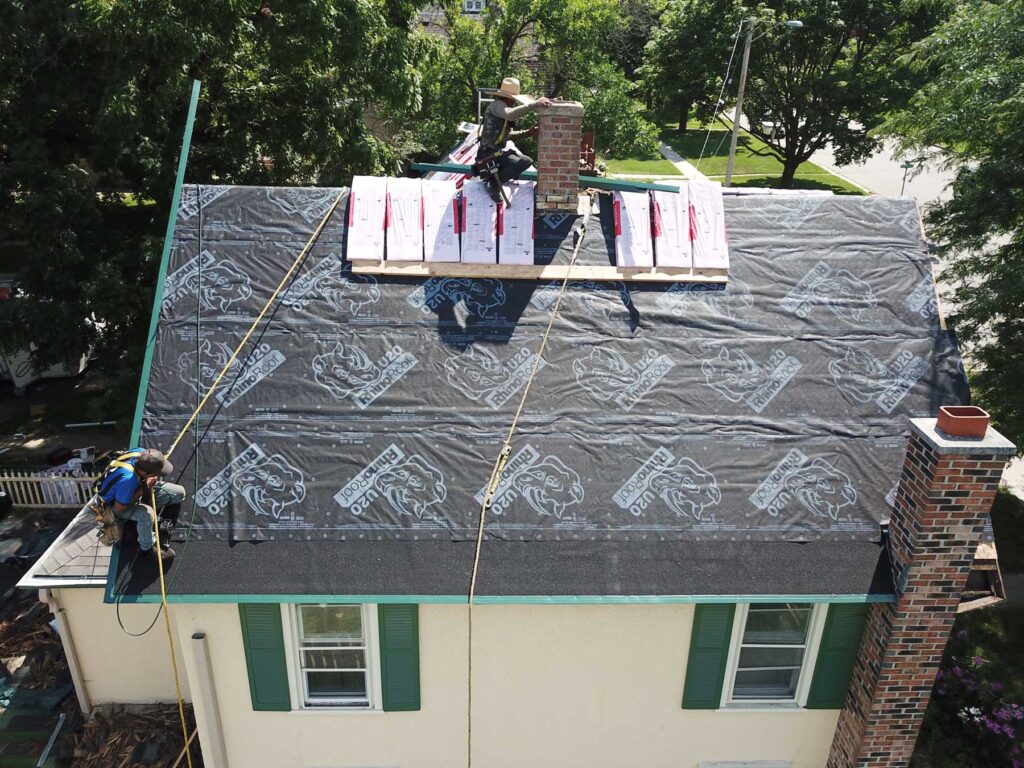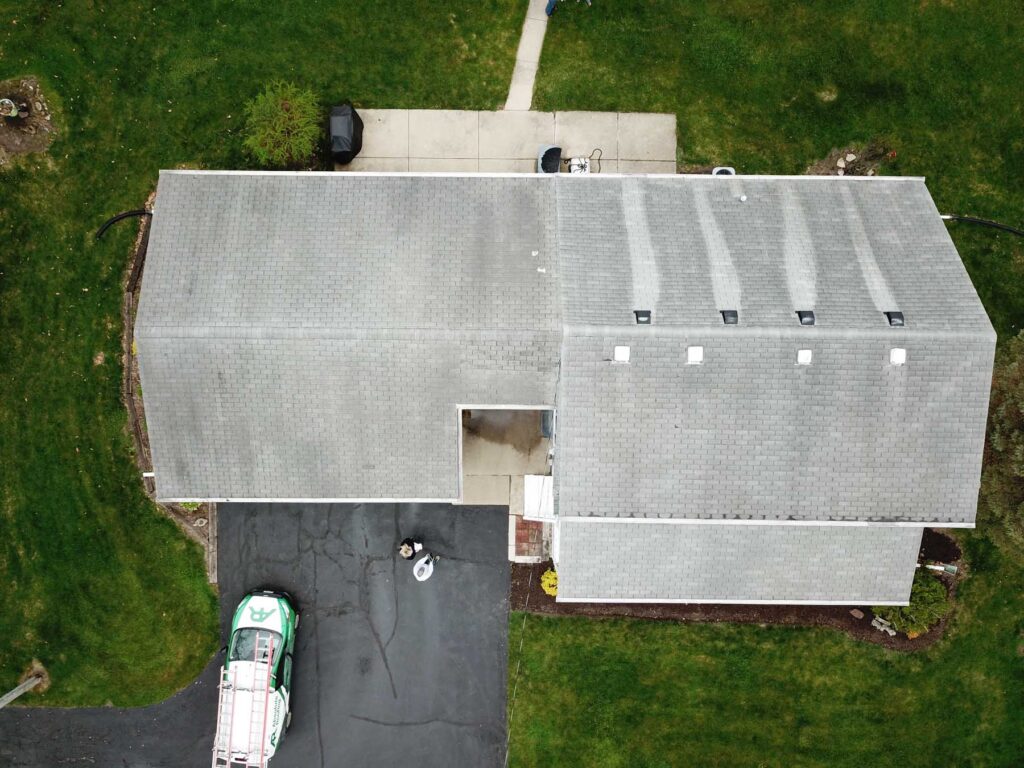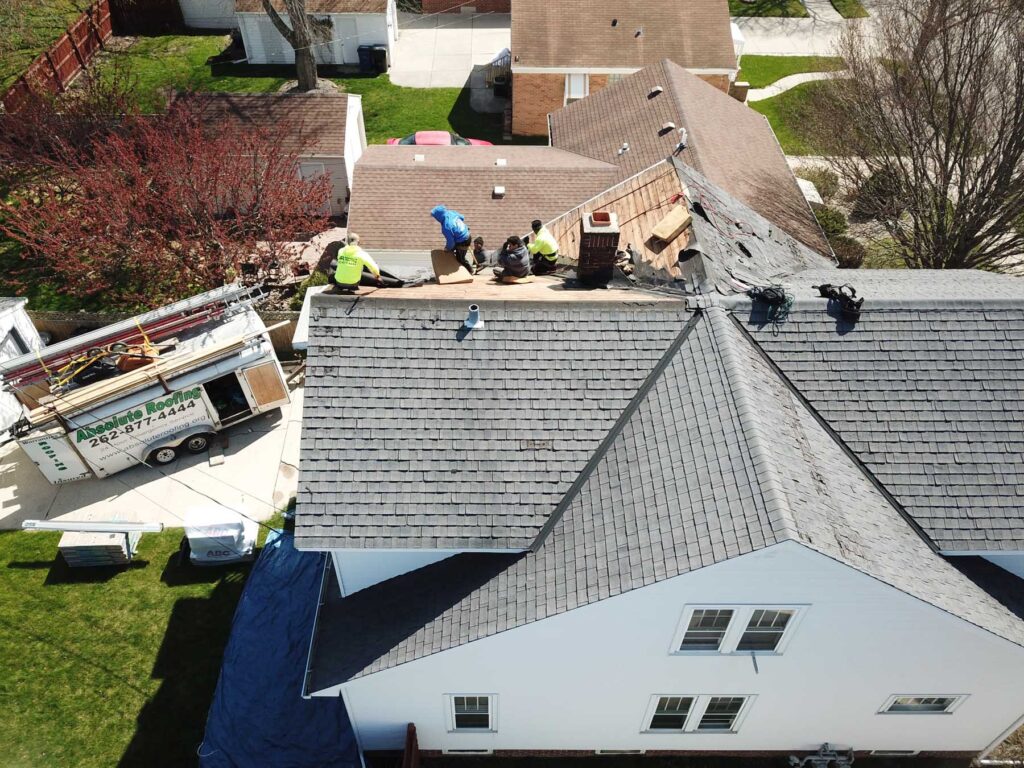Sometimes, it’s obvious that our roof needs to maintenance—such as with a visible leak or damage. However, it’s not always quite as cut and dry. You will especially want to check your roof after heavy winds, hail, rain, and snow events to be sure that they look intact both internally and externally—but some damage is not always visible to the naked eye. Here are five easy ways to tell if your roof needs repair:
1. Dislodged, cracked, or damaged shingles: Obviously, if you notice any shingles that are visible loose or damaged, you may want to have a contractor come to give you a quote for repairs. This can be caused by high winds or other weather conditions.
2. Increased utility payments: Are your energy bills mysteriously going up each month? If so, surprisingly enough, the culprit might be the roof! We lose a lot of heat through the roof, as heat rises—and if there is any damage to the insulation or structure of the roof, that heat will escape even faster. Temperature leaks like this will be all the more apparent during the peaks of summer and/or winter, depending on where you live—so be mindful of your utility bill costs!
3. Roof sagging or deformation: This symptom begs the question: Was the roof installed properly to begin with? If your roof is sagging or looks in any way irregular, this is an immediate indication that a roof inspection is pertinent. Sagging in the rafters could also mean water damage, which means a weakened roof—a significant safety issue!
4. Visible internal water damage: While it often occurs to homeowners to check the roof of their home from the outside of their house, sometimes looking up from the inside is neglected. However, it is crucial that—especially after a large weather event—you look up towards the ceilings for any dripping water or signs of water staining on the walls or wallpaper. This is a telltale sign that it’s time for a roof inspection—and you’ll want to get that looked at sooner rather than later, so mold, mildew, and other pathogens can’t grow.
5. Discoloration: This primarily manifests in dark patches on a roof—though it can look like lichen, moss, or other growth on your shingles as well, and can even manifest as sun damage in some places. To avoid this, make sure to keep your roof clean and clear of debris and buildup all year round, and check the outside for damage after a bout of bad weather.



